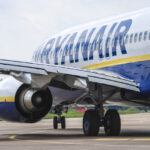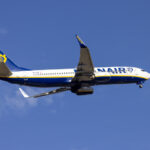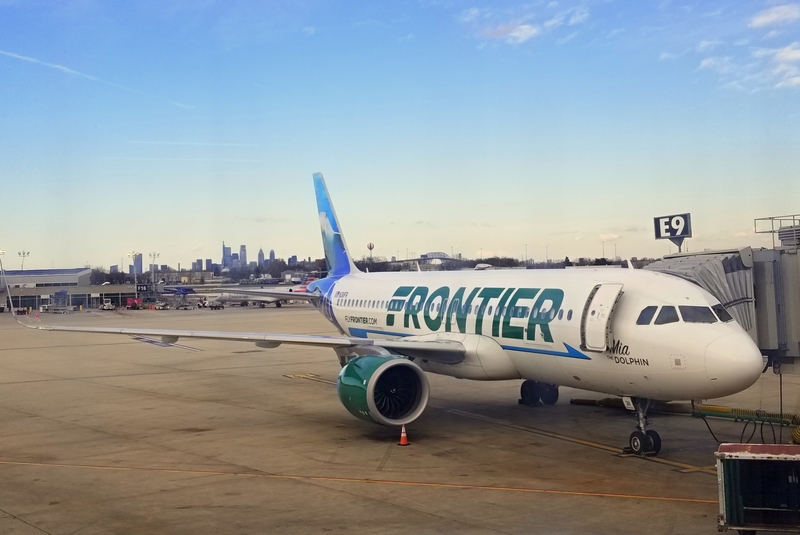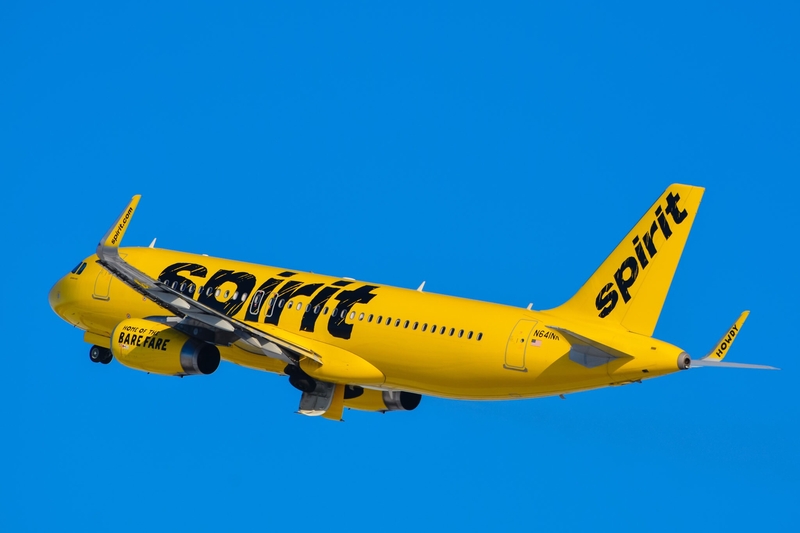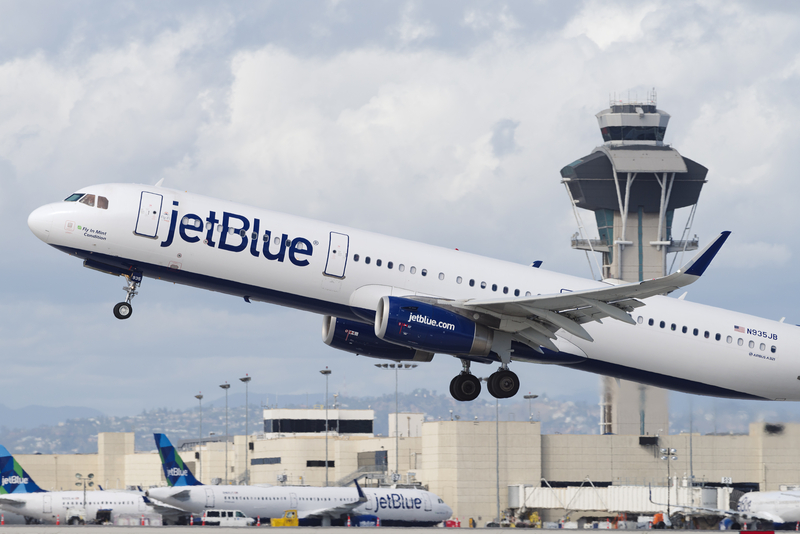Ryanair Slashes 800,000 Seats and 24 Routes in Germany, Citing Taxes and Fees
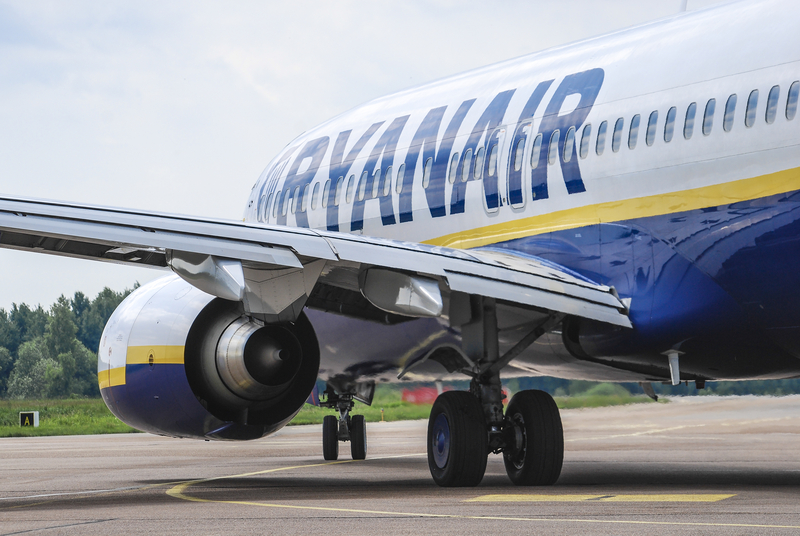
ID 56088932 © MrFly | Dreamstime.com
Ryanair will dramatically scale back its German winter schedule for 2025/26, cutting roughly 800,000 seats and withdrawing 24 routes across nine airports. The ultra-low-cost carrier frames the retrenchment not as a demand issue but as a direct response to what it calls Germany’s “high-cost environment” — higher aviation taxes and airport charges that, in its view, stifle growth and push fares up.
What’s changing
The reductions touch a broad cross-section of the country, including major gateways and regional bases. Among the airports flagged by Ryanair as “high cost” and facing capacity cuts: Berlin-Brandenburg, Hamburg, Memmingen, Cologne, Dortmund, Dresden, Frankfurt-Hahn, Leipzig, and others named by the airline. In aggregate, the winter schedule will fall below 2024 levels, a rare step back for a carrier known for aggressively piling on capacity where economics allow.
While Ryanair hasn’t published a full route-by-route matrix, the carrier confirms 24 routes are being dropped entirely and frequencies pared on many others. Aircraft and crews originally planned for Germany will be redeployed to lower-cost markets — notably Italy and Spain, and potentially Poland — where airport incentives and tax policy better support its low-fare model.
Why Ryanair is pulling back
Ryanair has long argued that Germany’s policy mix — higher aviation taxes, rising airfield fees, and limited discounts for growth — undermines the very price elasticity that brings incremental travelers into the market. The airline’s message this time is unusually blunt: it says the cuts are policy-driven, not a reaction to weak demand or chronic losses on specific routes.
As is typical for Ryanair, the decision also serves as a public pressure campaign. The carrier is signaling that capacity could return — and even expand beyond prior levels — if aviation taxes are rolled back and airport pricing becomes more favorable. Until then, it will place its aircraft where unit costs are lower and incentives sweeter.
Who loses out — and who gains
For German consumers, especially those in secondary cities that have benefited from Ryanair’s point-to-point network, the near-term impacts are straightforward:
-
Fewer nonstops and less frequency to popular leisure and city-pair routes.
-
Higher average fares on city pairs where competition evaporates.
-
Longer journey times where travelers must now connect via Frankfurt, Munich, or foreign hubs.
Downstream, tourism boards, hotels, and regional economies that have relied on low-fare inbound visitors may feel a pinch, particularly during shoulder periods when price-sensitive travelers are most responsive to cheap nonstops.
Winners include the airports and markets absorbing Ryanair’s aircraft. Expect added capacity in Italy, Spain, and other cost-competitive countries, where the airline can quickly spool up new routes and saturate leisure demand with weekend-friendly schedules.
A familiar playbook — with German characteristics
Ryanair routinely rebalances its fleet to chase better margins; moving capacity fast is one of its core advantages. What’s different here is the scale and concentration of cuts inside a single, large market — and the explicit linkage to national taxes. Germany’s domestic landscape, dominated by Lufthansa Group (plus Condor on leisure), already skews toward higher costs. Low-cost carriers can and do thrive in Germany, but the threshold for viable ULCC economics is higher than in Southern Europe.
What travelers can do now
-
Check your winter bookings: If your flight is among the 24 axed routes or cut frequencies, Ryanair will contact you with options (refunds or rerouting). Act quickly — alternative low-fare seats on other carriers will dry up.
-
Price shop nearby airports: In regions with dense airport catchments (e.g., Berlin/Brandenburg vs. Leipzig/Dresden; Cologne vs. Düsseldorf), look for comparable itineraries from neighboring fields.
-
Consider shoulder-day travel: Where capacity remains, midweek departures may still offer attractive fares as weekend frequencies tighten.
Bottom Line
Two things can be true at once: demand to and within Germany is robust, and Ryanair is ruthless about cost discipline. The airline’s move doesn’t signal a structural collapse in German leisure travel; it signals that, for an ULCC, policy friction matters as much as passenger appetite. If taxes or fee structures change, expect Ryanair to snap back with capacity at speed. If not, Germany’s winter low-fare map will simply be smaller — and potentially pricier — than a year ago.
For now, Ryanair has made its point with numbers that bite: 800,000 seats gone, 24 routes erased, and nine airports left to recalibrate their winter timetables without one of Europe’s most prolific capacity adders.
